What is design thinking? Steps to implement the process

If you work as a designer or any other job that is related to creativity or innovation, design thinking probably is your preferred way of working. But what is design thinking? What are its main characteristics? How is this process? What are some examples of it?
What is design thinking?
In product development, design thinking is a methodology or approach to innovation that aims to solve problems or create new solutions by using creativity from a user-centered perspective.
Even though this is a frequent process in startups, product development and so on, design thinking can also be applied to many other sectors where creativity or innovation is involved, for instance, literature, arts, and engineering.
This methodology became popular after the big innovative companies started applying it. Design thinking was once a matter of all the giant tech companies of the world: Apples, Amazons, Ubers, and so on and so forth. Today, the need for innovation has reached every company in the business world, regardless of its sector, size or objectives. And this is why design thinking is important for you too.
Key features of design thinking
- An iterative process. This methodology is not static and there isn’t a magic recipe for it. It is a way of thinking that explores different possibilities and iterates according to the outputs. It is a way of experimenting with innovative ideas, testing them and modifying the process accordingly.
- A hands-on approach. Despite its name, design thinking implies way more than thinking. This is where it starts, but you will need to get your hands on it, and deliver results rapidly.
- It revolves around users. Design thinking is characterized by being completely human-centered. It explores the whole product chain from the users’ perspective, to improve it and make it more valuable for them.
- Its goal is to solve problems. Contrary to other types of innovation that seek ideating new business and creating new urges on users, design thinking explores all the user journeys to detect problems and then solve them.
The design thinking process: 5 steps to implement it
The design thinking process can be broken down into 5 relatively simple steps. If you want to include a design thinking process in your company, this is a path you can follow.
- Empathizing. Being a human-centered process, focused on improving users’ experience, it’s no surprise that empathizing is the very first step of this process. Being in someone else’s shoes will help you identify their problems and what they will like as a solution for them.
- Definition. After you have imagined and experienced what it feels like to use your product, it is time you define some key points: your users’ problems, their needs and pains, and your ideas to tackle all of these.
- Ideation. This is the phase where you get your hands on it. The definition phase should have let you have a good draft to keep going. Now, you should focus on challenging pre-existing assumptions and creating new ideas to target your user’s needs.
- Prototyping. At this point, you will have all the tools and insights you need to create a tangible prototype. This should constitute a sample of the final product and include all its relevant characteristics, including the main value for the users.
👉 Not sure what a prototype is? Learn what’s the difference between a PoC vs a Prototype vs an MVP and discover what suits you better. 👈
- Testing, iterating, testing, and iterating. Once your prototype or MVP is running, you will welcome a never-ending phase: testing and iteration. Testing your product with real users will give you enough feedback to improve your product and tailor it to their needs — the final goal of the design thinking process. Analyzing the product’s performance constantly is key. Even if you have gathered useful feedback, this may change with time, with the rise of new products in the market, and so on. Keep testing its results and iterate as needed.
If you too are looking to disrupt your own sector and like Corporate Lab's methodology based on design thinking, drop us a line.


